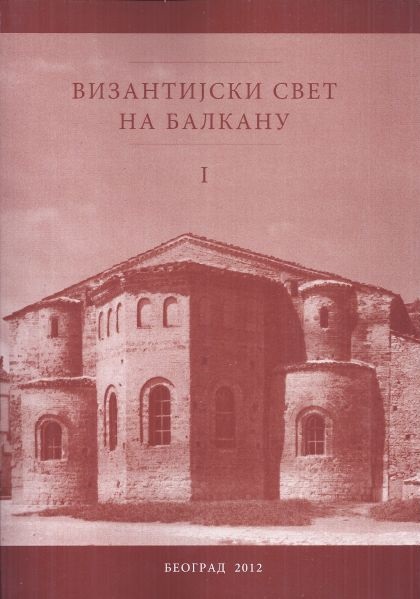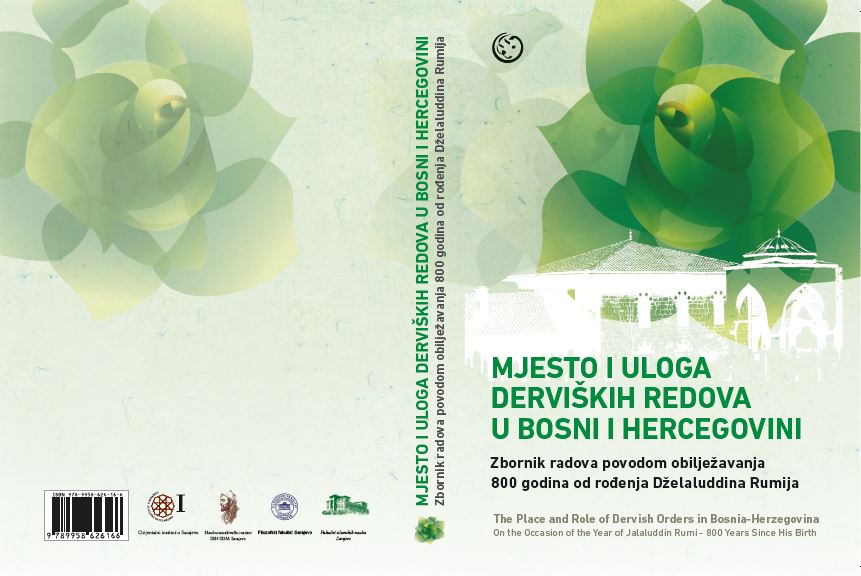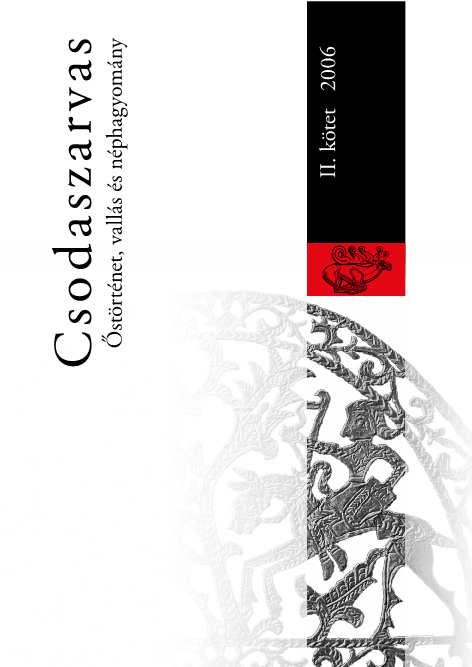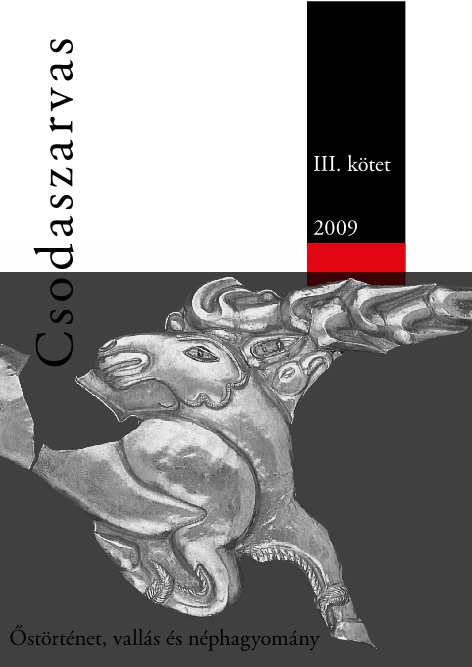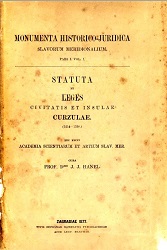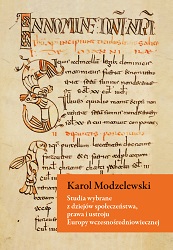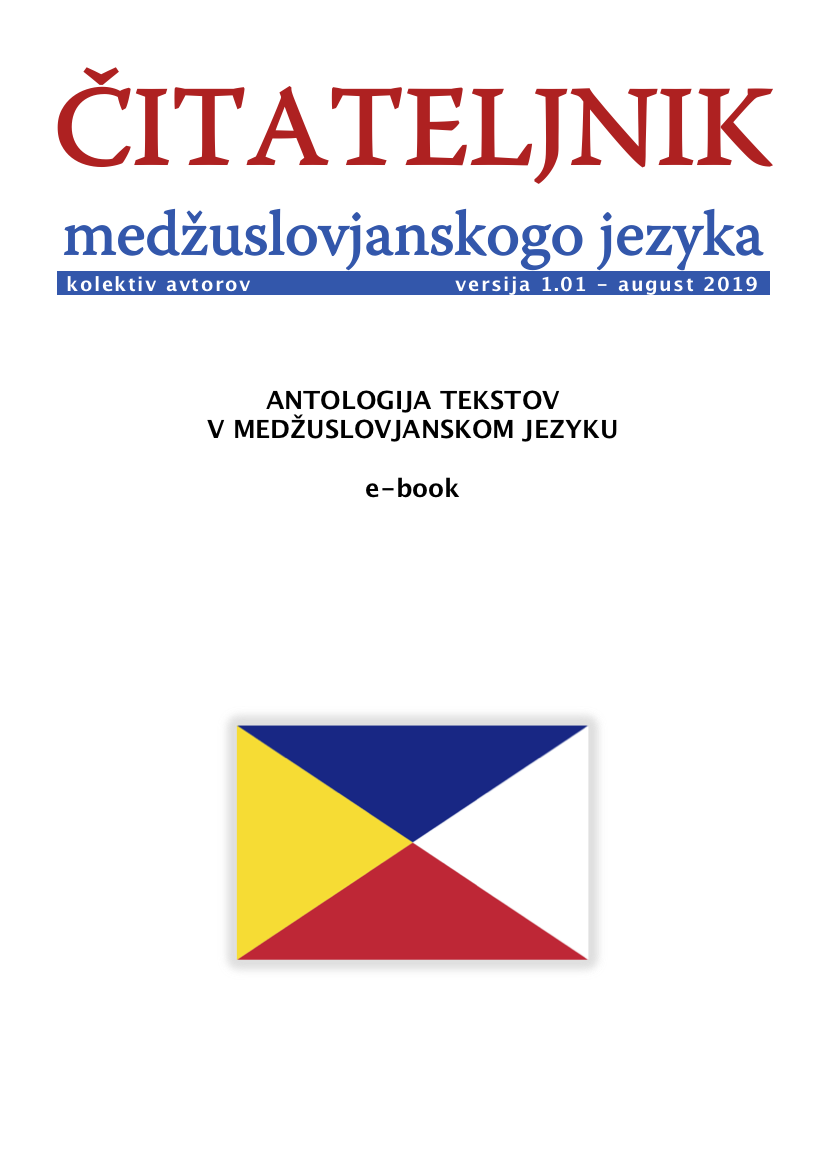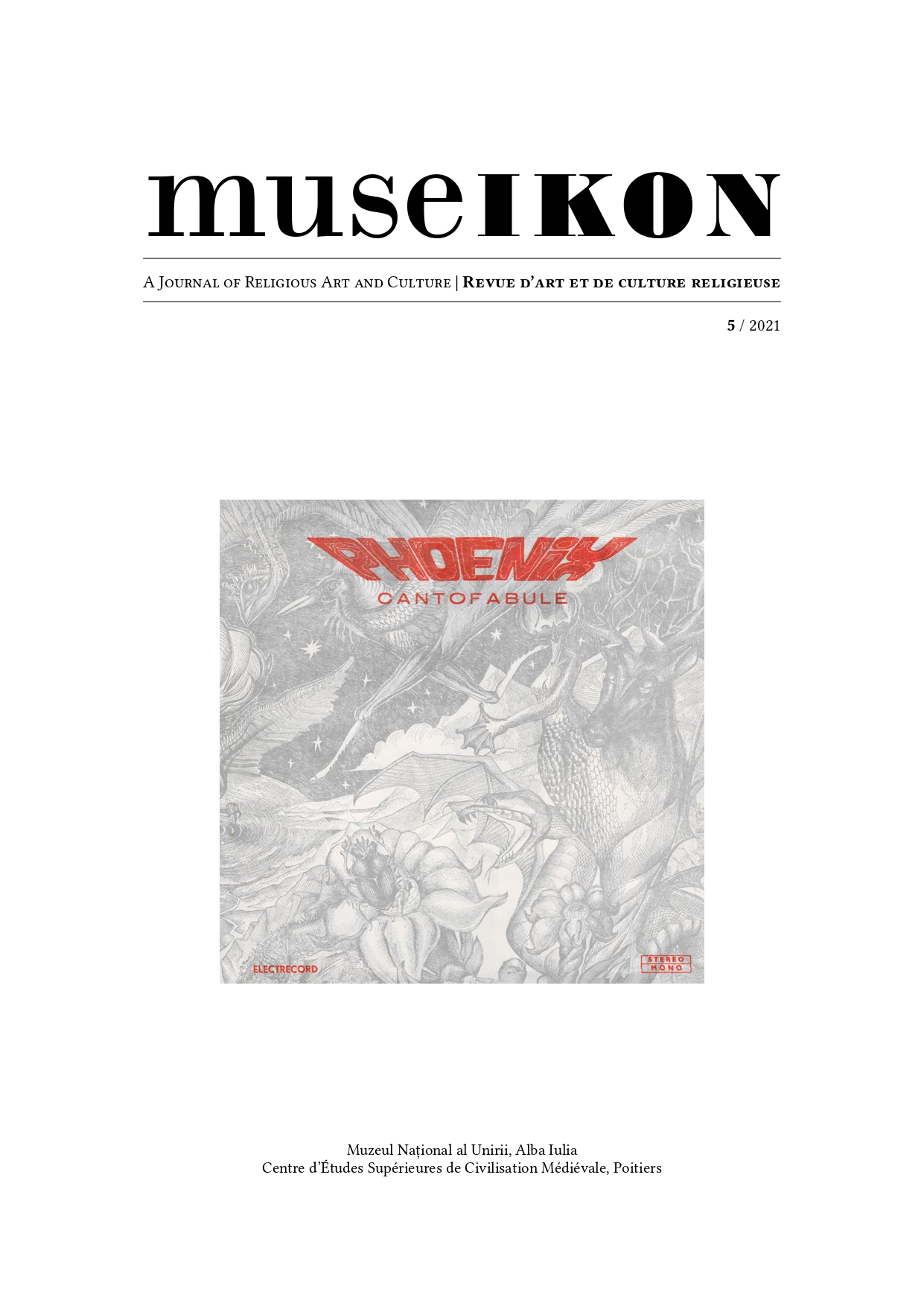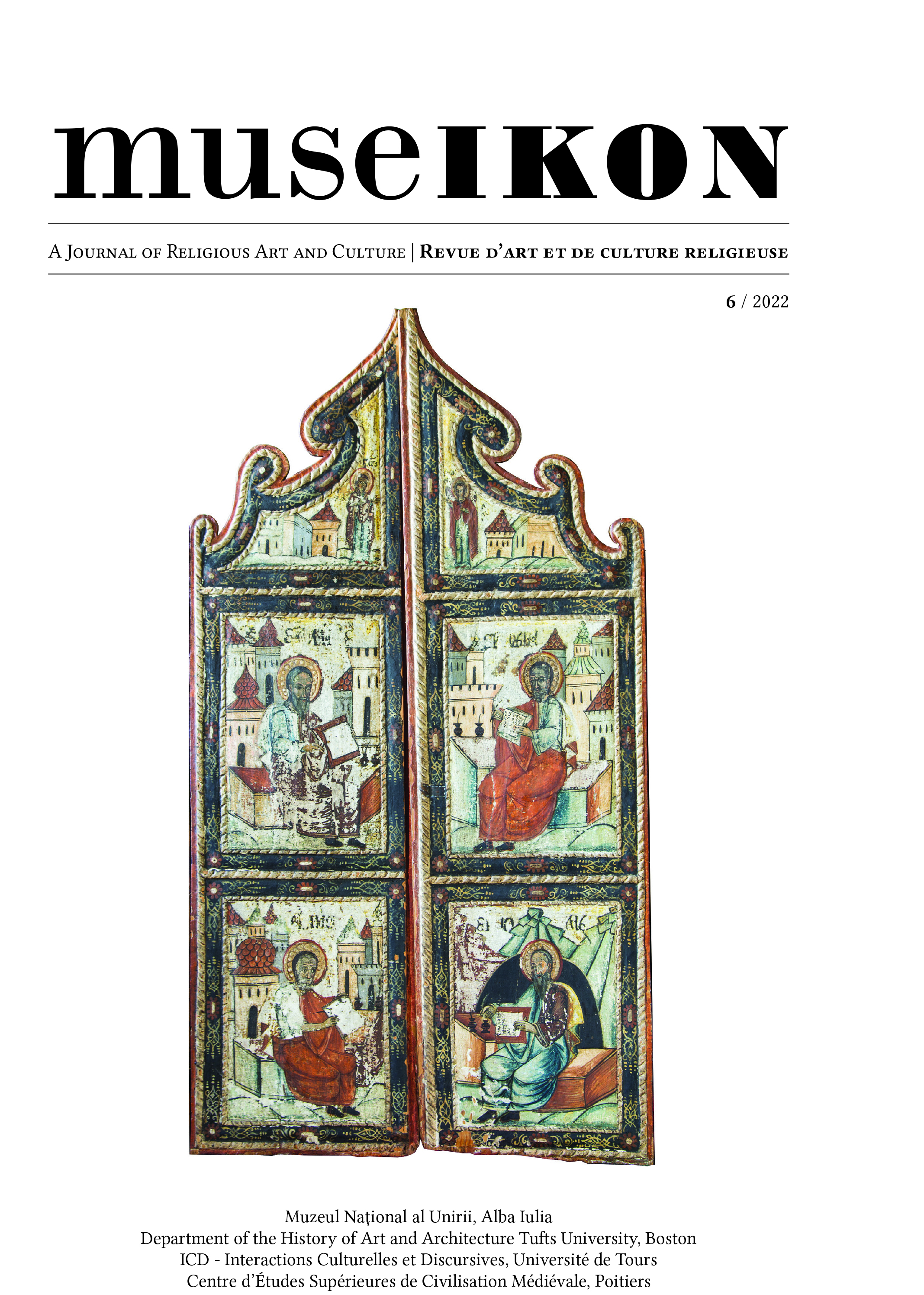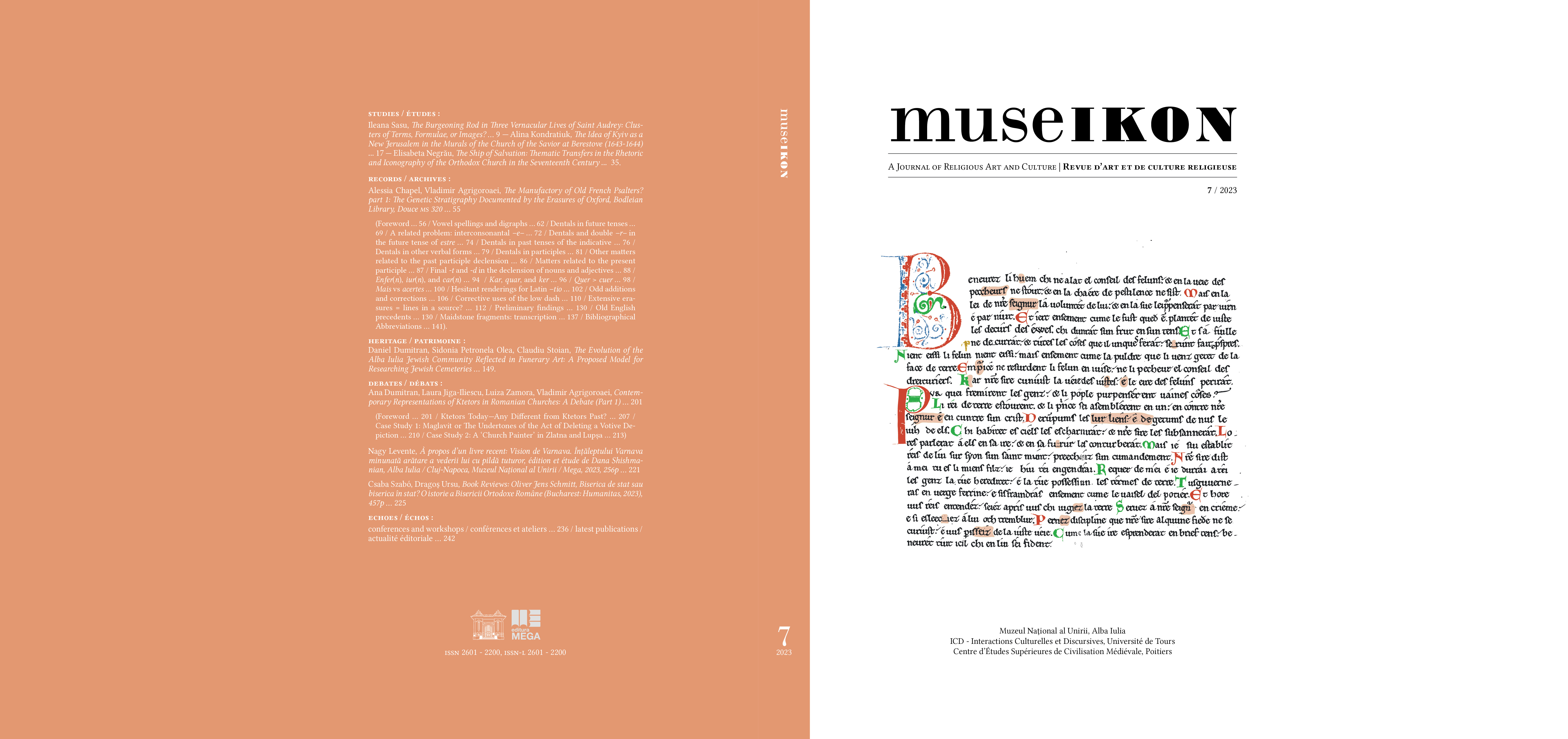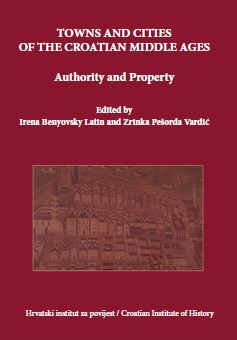Author(s): Miloš Blagojević / Language(s): Serbian
Publication Year: 0
For centuries, medieval Serbia had been exposed to various influences from Byzantium, especially in the spiritual sphere. So, the entire spiritual superstructure of the Orthodox Serbs was shaped under Byzantine influence. In the material sphere, on the other hand, nothing like that happened. Only slight incentives came from Byzantium, which would improve some branch of the economy, like mining, metallurgy, craftsmanship, trade and even agriculture. However, agrarian relations and a system of taxes did develop under Byzantine influence in certain areas of the Serbian medieval state — namely in areas which Serbia took from Byzantium, at the end of the 13th and in the first half of the 14th century. In Byzantium, there were such taxes which essentially represented payments in kind but, as time passed, they were transformed into permanent financial payments. This did not happen with the obligation of farmers to give their masters “three usual gifts” per year. It was common that the “gift” consisted of: bread, a chicken, a modium of barley and half a measure of wine, usually at Christmas, Shrovetide and Easter. The process of the transformation of certain payments in kind into financial taxes stopped in Northern and Central Macedonia between the 1180s and 1280s. When Serbian King Milutin occupied these regions (1282) he did not change the system of taxes that he found, so the farmers gave to the state or their feudal masters: “a tenth” of their wheat, wine, sheep, pigs and bees, i.e. bee-hives. This was expected in the territory of Macedonia, but the appearance of Byzantine taxes in the old Serbian lands which were under the rule of Stefan Nemanja in the second half of the 12th century and, later, under his successors, was somewhat surprising. “A tenth” of bee-hives was given during the reign of Stefan Nemanja, and perhaps even before that. In the old Serbian lands, a tenth of the farm animals was given only by professional cattle-breeders — those in the category of “Wallachian donors,” while other Wallachians gave “the small tenth,” but they were also required to perform various jobs for the ruler or for the feudal masters, in accordance with their main occupation. What especially attracts attention is the fact that farmers on the Coast, between the towns of Ston and Kotor (Cattaro), gave their masters two or three gifts per year, usually bread and a chicken, and sometimes other food supplies. Even more significant is the appearance of “the tenth” in the vicinity of Kotor, along the Zeta Coast and in the wider area of the city of Skadar. The farmers who worked on church land in these regions were obliged to give to the churches “a tenth” of the harvest or from the vineyards they would cultivate. It is also very interesting that, in the wider area of Skadar at the start of the 15th century, proniarions received for their upkeep from their farmers “a tenth” of the complete yield from their fields, vineyards and orchards. The appearance of Byzantine taxes in the territory of the Serbian state was the result of long-lasting direct Byzantine rule, i.e. the presence of Byzantine administrative units — the themata.
More...
